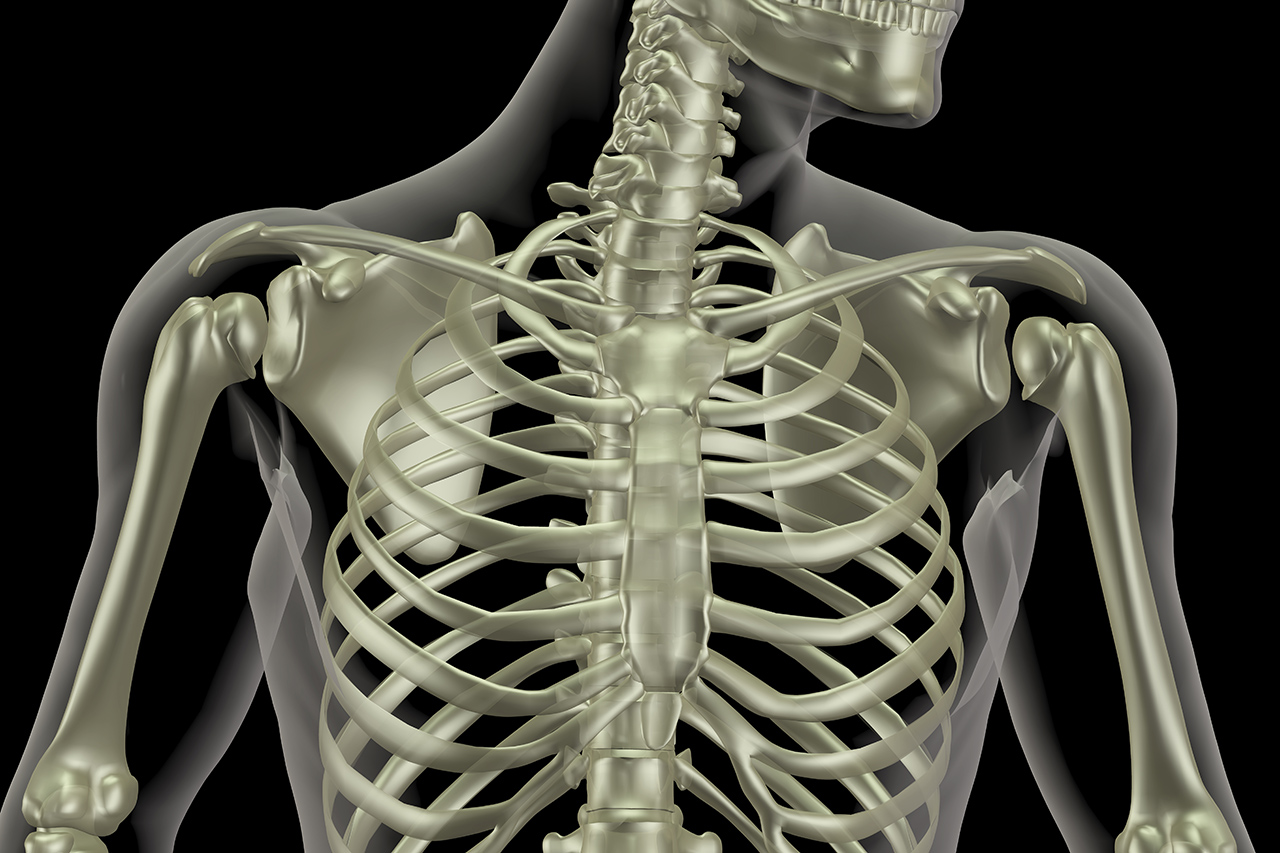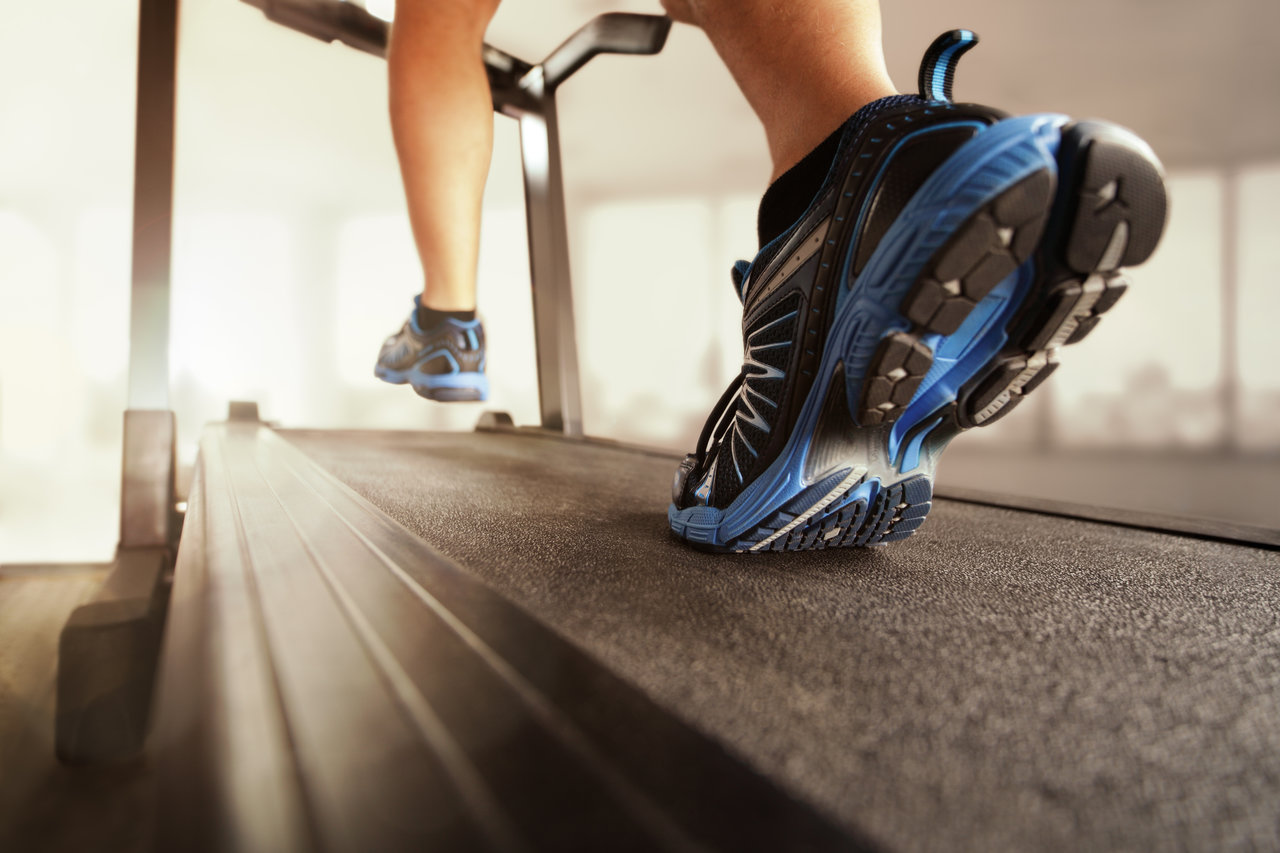What You Need to Know About Open Heart Surgery
No matter where you go in the medical industry, there's always more to learn. That's especially true when it comes to open-heart surgery. Those three words, in particular, are often shrouded in misunderstanding, discomfort, and worry--so today we'll explore the basics of open-heart surgery, in hopes that understanding will lead to a bit more comfort.
Not Quite Rocket Science
Open-heart surgery is complicated and delicate, yes, but the details tend to get exaggerated in the public mind (which is fair, considering that open heart surgery used to be something very different than it is now). The truth is that open-heart surgery may not be simple, but it's not as bad as we tend to think. Here are some details that might change the way you see this procedure.
"Open-heart" doesn't mean what you think.










